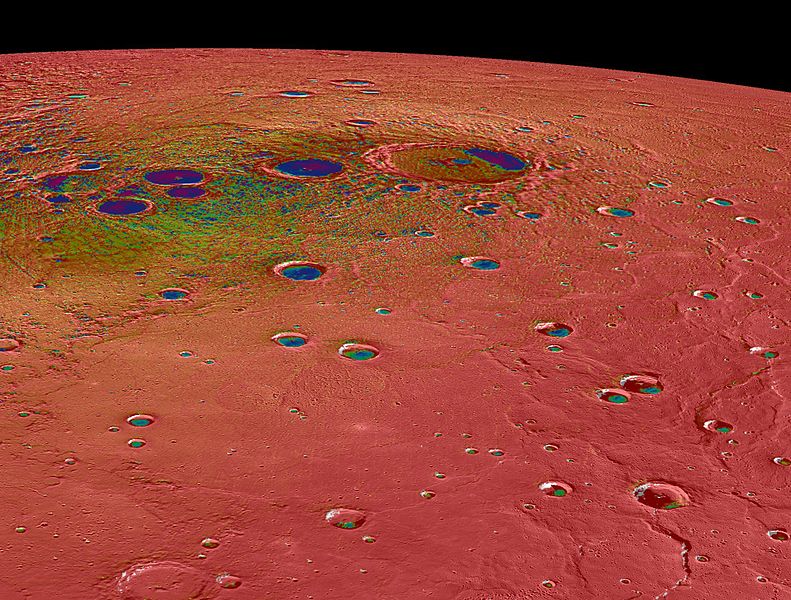Plik:PIA19247-Mercury-NPolarRegion-Messenger20150316.jpg

Rozmiar podglądu – 791 × 600 pikseli. Inne rozdzielczości: 317 × 240 pikseli | 633 × 480 pikseli | 1013 × 768 pikseli | 1280 × 971 pikseli | 2044 × 1550 pikseli.
Rozmiar pierwotny (2044 × 1550 pikseli, rozmiar pliku: 714 KB, typ MIME: image/jpeg)
Historia pliku
Kliknij na datę/czas, aby zobaczyć, jak plik wyglądał w tym czasie.
| Data i czas | Miniatura | Wymiary | Użytkownik | Opis | |
|---|---|---|---|---|---|
| aktualny | 00:32, 17 mar 2015 |  | 2044 × 1550 (714 KB) | Drbogdan | User created page with UploadWizard |
Lokalne wykorzystanie pliku
Poniższa strona korzysta z tego pliku:
Globalne wykorzystanie pliku
Ten plik jest wykorzystywany także w innych projektach wiki:
- Wykorzystanie na af.wikipedia.org
- Wykorzystanie na ar.wikipedia.org
- Wykorzystanie na be.wikipedia.org
- Wykorzystanie na bg.wikipedia.org
- Wykorzystanie na ca.wikipedia.org
- Wykorzystanie na cs.wikipedia.org
- Wykorzystanie na en.wikipedia.org
- Wykorzystanie na et.wikipedia.org
- Wykorzystanie na fr.wikipedia.org
- Wykorzystanie na it.wikipedia.org
- Wykorzystanie na nl.wikipedia.org
- Wykorzystanie na pt.wikipedia.org
- Wykorzystanie na www.wikidata.org


